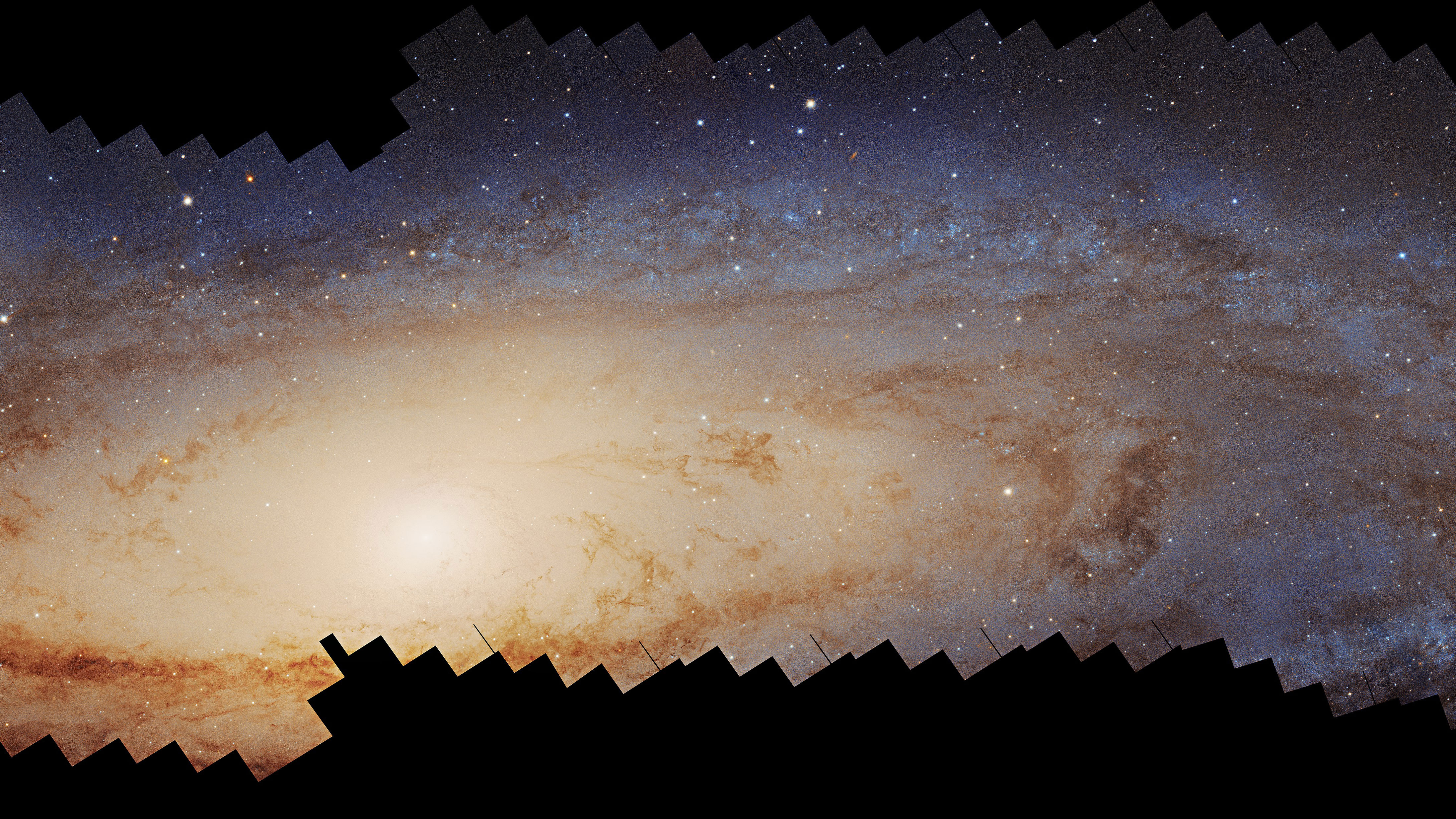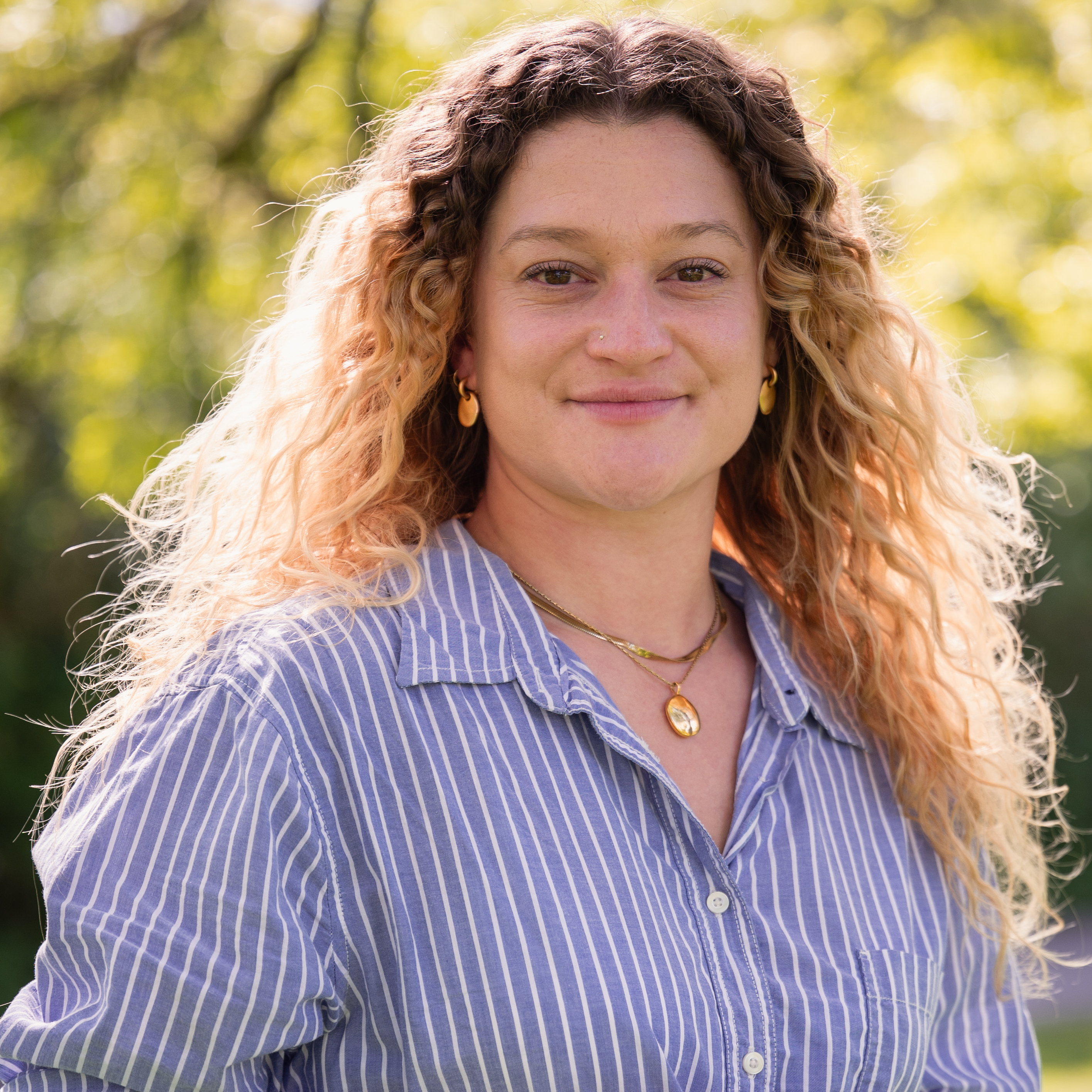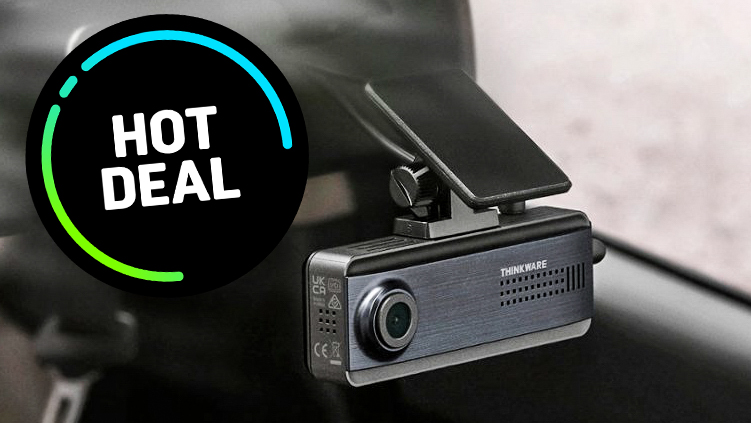NASA's Hubble Space Telescope creates largest photomosaic ever made of "train wreck" Andromeda galaxy with over 2.5 billion pixels
It took 10 years, 1,000 Hubble orbits, and required over 600 overlapping images

In its 34 years orbiting the Earth, NASA’s mighty Hubble Space Telescope has discovered trillions of galaxies within the universe. One, however, stands stars and nebulae above the rest.
The magnificent Andromeda galaxy (Messier 31), stands out as the most important nearby stellar island to our Milky Way, and can be seen with the naked eye on a clear autumn night as “a faint cigar-shaped object roughly the apparent angular diameter of our Moon” according to NASA.
The telescope's namesake, American astronomer Edwin Hubble (1889 - 1953), first discovered that this spiral nebula existed miles outside of our own Milky Way galaxy – 2.5 million light years to be precise.
A light year is the distance light travels in one Earth year. One light-year is about 6 trillion miles, or 9 trillion kilometers.

Prior to Hubble’s realization (the man not the telescope), astronomers had thought that the Milky Way had encompassed the entire universe. “Overnight, Hubble’s discovery turned cosmology upside down by unveiling an indefinitely grander universe,” says NASA.
Over the period of time since Andromeda's discovery, the Hubble Space Telescope has accomplished the most comprehensive survey of this incredible empire of stars, creating the largest photomosaic ever assembled from the telescope. It took ten years, 1,000 Hubble orbits, and required over 600 Hubble overlapping snapshots made up of at least 2.5 billion pixels.
“With Hubble we can get into enormous detail about what’s happening on a holistic scale across the entire disk of the galaxy. You can’t do that with any other large galaxy,” said principal investigator Ben Williams of the University of Washington.
Get the Digital Camera World Newsletter
The best camera deals, reviews, product advice, and unmissable photography news, direct to your inbox!
"Without Andromeda as a proxy for spiral galaxies in the universe at large, astronomers would know much less about the structure and evolution of our own Milky Way. That’s because we are embedded inside the Milky Way. This is like trying to understand the layout of New York City by standing in the middle of Central Park," said NASA.
Hubble’s sharp imaging capabilities can resolve more than 200 million stars in the Andromeda galaxy, detecting only stars brighter than our Sun. They look like grains of sand across the beach. But that’s just the tip of the iceberg. Andromeda’s total population is estimated to be 1 trillion stars, with many less massive stars falling below Hubble’s sensitivity limit.
Photographing Andromeda was a “herculean task” according to NASA, because “the galaxy is a much bigger target on the sky than the galaxies Hubble routinely observes, which are often billions of light-years away.”
Calling Andromeda a “train wreck,” Daniel Weisz at the University of California, Berkely, says “Andromeda’s a train wreck. It looks like it has been through some kind of event that caused it to form a lot of stars and then just shut down.
“This detailed look at the resolved stars will help us to piece together the galaxy’s past merger and interaction history,” added Williams.
NASA said: “Hubble’s new findings will support future observations by NASA’s James Webb Space Telescope and the upcoming Nancy Grace Roman Space Telescope. Essentially a wide-angle version of Hubble (with the same sized mirror), Roman will capture the equivalent of at least 100 high-resolution Hubble images in a single exposure. These observations will complement and extend Hubble’s huge dataset.”
Why not take a look at our guides to the best telescopes for astrophotography, the best cameras for astrophotography, and the best lenses for astrophotography.

After graduating from Cardiff University with an Master's Degree in Journalism, Media and Communications Leonie developed a love of photography after taking a year out to travel around the world.
While visiting countries such as Mongolia, Kazakhstan, Bangladesh and Ukraine with her trusty Nikon, Leonie learned how to capture the beauty of these inspiring places, and her photography has accompanied her various freelance travel features.
As well as travel photography Leonie also has a passion for wildlife photography both in the UK and abroad.

